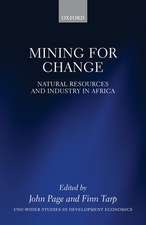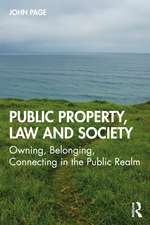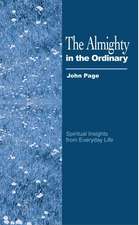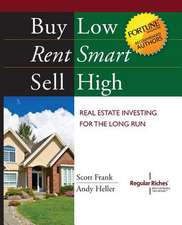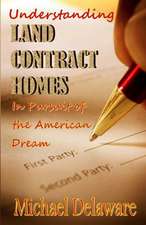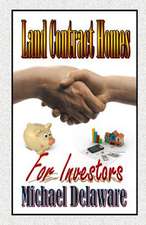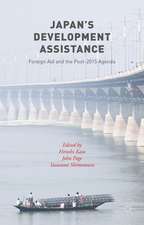Property Diversity and its Implications
Autor John Pageen Limba Engleză Paperback – 24 ian 2018
| Toate formatele și edițiile | Preț | Express |
|---|---|---|
| Paperback (1) | 305.83 lei 6-8 săpt. | |
| Taylor & Francis – 24 ian 2018 | 305.83 lei 6-8 săpt. | |
| Hardback (1) | 699.01 lei 6-8 săpt. | |
| Taylor & Francis – 11 aug 2016 | 699.01 lei 6-8 săpt. |
Preț: 305.83 lei
Nou
Puncte Express: 459
Preț estimativ în valută:
58.53€ • 60.88$ • 48.32£
58.53€ • 60.88$ • 48.32£
Carte tipărită la comandă
Livrare economică 14-28 aprilie
Preluare comenzi: 021 569.72.76
Specificații
ISBN-13: 9781138481893
ISBN-10: 1138481890
Pagini: 238
Ilustrații: 25
Dimensiuni: 156 x 234 x 13 mm
Greutate: 0.36 kg
Ediția:1
Editura: Taylor & Francis
Colecția Routledge
Locul publicării:Oxford, United Kingdom
ISBN-10: 1138481890
Pagini: 238
Ilustrații: 25
Dimensiuni: 156 x 234 x 13 mm
Greutate: 0.36 kg
Ediția:1
Editura: Taylor & Francis
Colecția Routledge
Locul publicării:Oxford, United Kingdom
Public țintă
Postgraduate and UndergraduateCuprins
Introduction: The Implications of Property Diversity Part I: The Diverse Private, Public & Common Estates Chapter 1: Private Property and the Domineering Right to Exclude Chapter 2: Towards an Understanding of Public Property Chapter 3: The Paradoxes of Common Property Part II: The Implications of Property Diversity for Place, Community and Obligation Chapter 4: Seeing Property Diversity Chapter 5: Seeing Property Diversity in Sustainable Place Chapter 6: Obligation and the Property Monotone Chapter 7: Obligation and Property Diversity Chapter 8: Community and the Implications of Property Diversity Conclusion
Descriere
Property is more diverse than is usually assumed. And, developing this concept of property diversity, this book explores the varied role of property in placed human landscapes. In acknowledging the propertied diversity about us, the book highlights the paucity of our settled contemporary assumptions of property as defined by private ownership. Challenging this totalizing and universalizing model, the book analyses how this self-limiting view produces critical blind spots in modern property discourse. In response, it offers a re-conceptualization of property that matches the grounded reality of our rich and diverse relationships with land.

